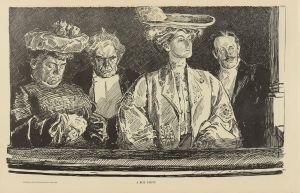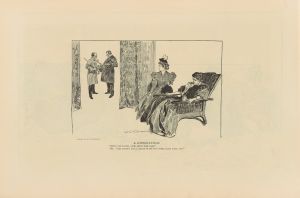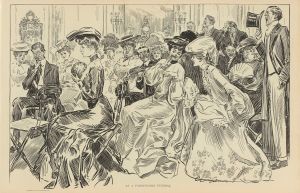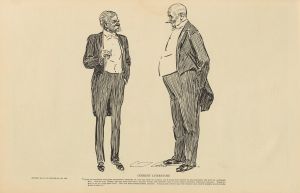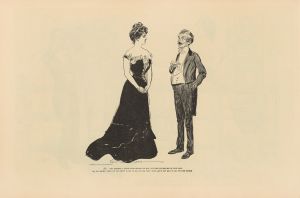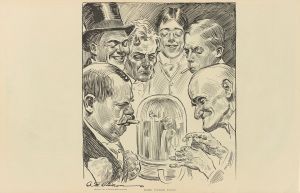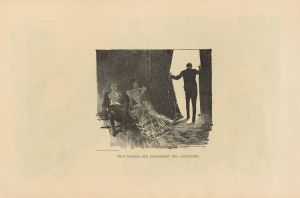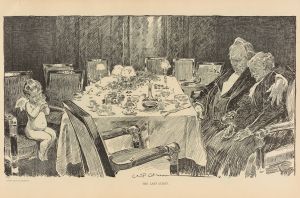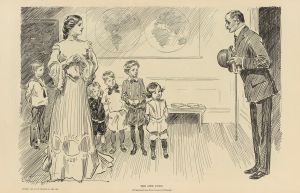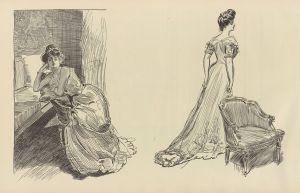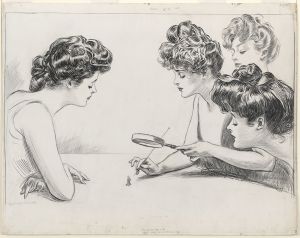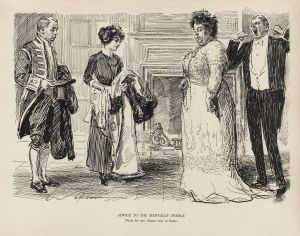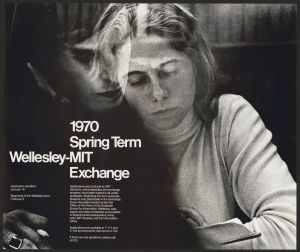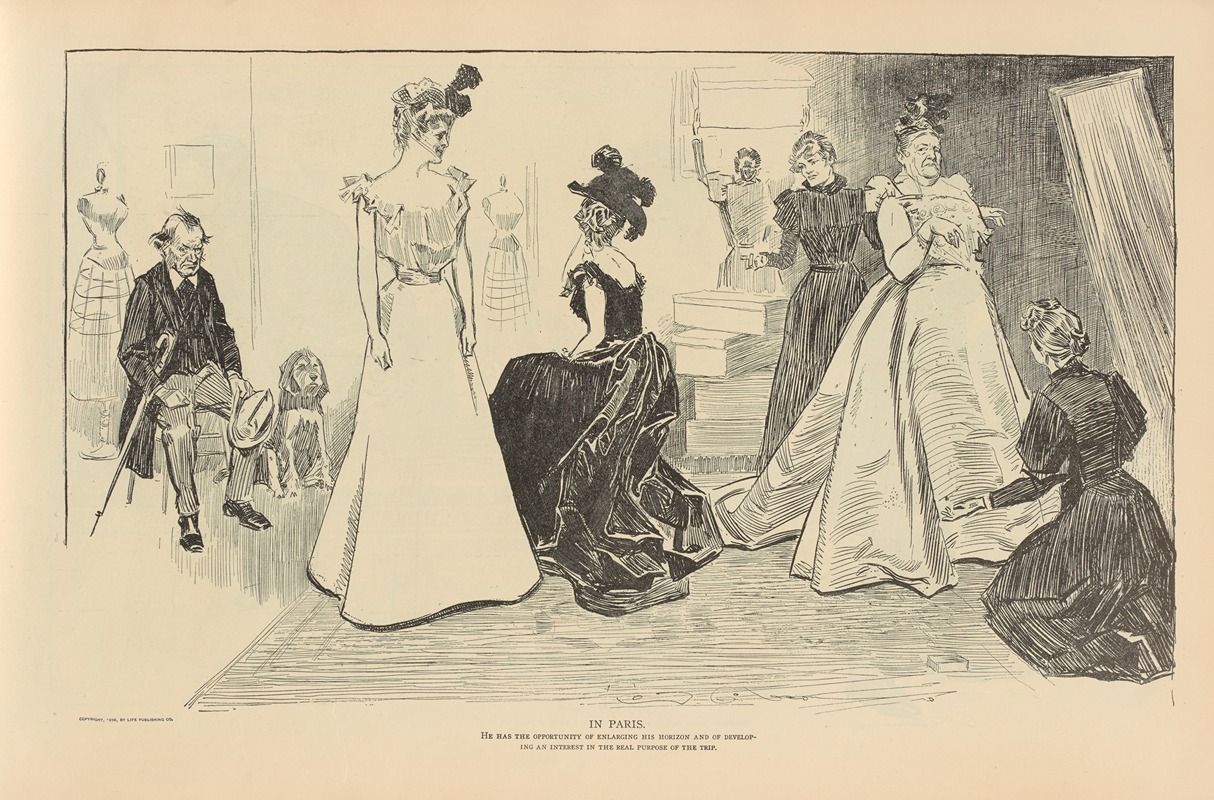
In Paris. He has the opportunity of enlarging his horizon
A hand-painted replica of Charles Dana Gibson’s masterpiece In Paris. He has the opportunity of enlarging his horizon, meticulously crafted by professional artists to capture the true essence of the original. Each piece is created with museum-quality canvas and rare mineral pigments, carefully painted by experienced artists with delicate brushstrokes and rich, layered colors to perfectly recreate the texture of the original artwork. Unlike machine-printed reproductions, this hand-painted version brings the painting to life, infused with the artist’s emotions and skill in every stroke. Whether for personal collection or home decoration, it instantly elevates the artistic atmosphere of any space.
Charles Dana Gibson's artwork In Paris. He has the opportunity of enlarging his horizon is one of the many illustrations created by the renowned American artist and illustrator, Charles Dana Gibson (1867–1944). Gibson is best known for his creation of the "Gibson Girl," an iconic representation of the idealized American woman at the turn of the 20th century. His works often captured the social dynamics, fashion, and cultural attitudes of the late 19th and early 20th centuries.
This particular illustration, In Paris. He has the opportunity of enlarging his horizon, was published in 1895 in Life magazine, a humor and general interest publication for which Gibson frequently contributed. The artwork reflects Gibson's characteristic style, which combined sharp wit with detailed pen-and-ink drawings. The scene humorously portrays a young man in Paris, presumably an American, surrounded by an array of fashionable women. The title suggests a playful commentary on the cultural and social opportunities available to someone visiting Paris, a city long celebrated for its art, fashion, and cosmopolitan lifestyle.
Gibson's illustrations often provided subtle critiques or observations of societal norms, and this piece is no exception. It reflects the fascination and allure that Paris held for Americans during the late 19th century, a time when the city was considered a hub of sophistication and modernity. The work also highlights Gibson's ability to capture expressions, body language, and the nuances of social interaction, which were hallmarks of his artistic style.
The illustration is part of Gibson's broader body of work that appeared in magazines such as Life, Harper's Weekly, and Collier's. These publications helped establish him as one of the most influential illustrators of his time. His depictions of both men and women often carried a satirical edge, offering insights into the cultural and gender dynamics of his era.
While In Paris. He has the opportunity of enlarging his horizon is not as widely recognized as some of Gibson's other works, such as his iconic "Gibson Girl" illustrations, it remains a notable example of his ability to blend humor and social commentary through art. The piece is representative of the period's fascination with Parisian culture and the broader transatlantic exchange of ideas and aesthetics.
Today, Charles Dana Gibson's works, including this illustration, are appreciated for their historical significance and artistic merit. They provide a window into the cultural attitudes and societal norms of the Gilded Age and the early 20th century.






